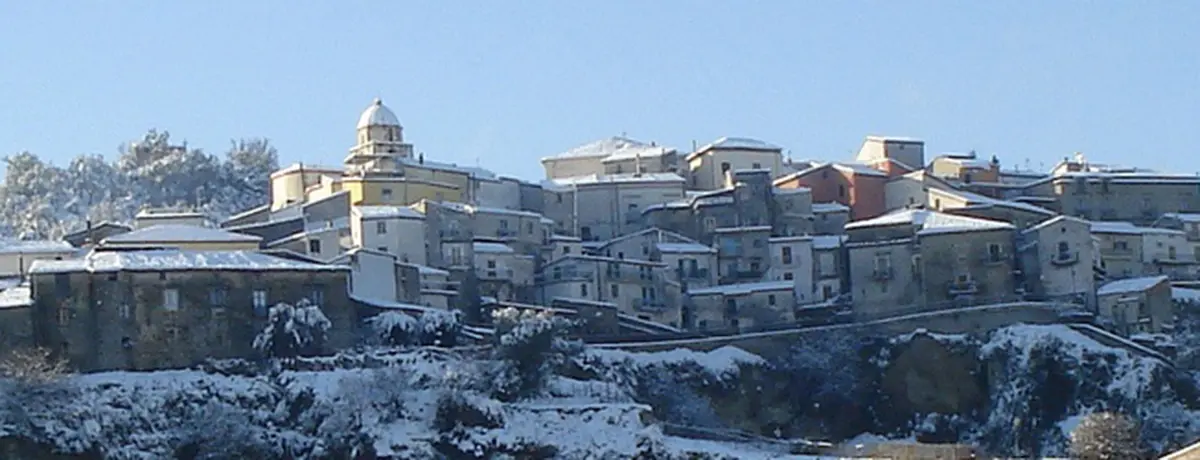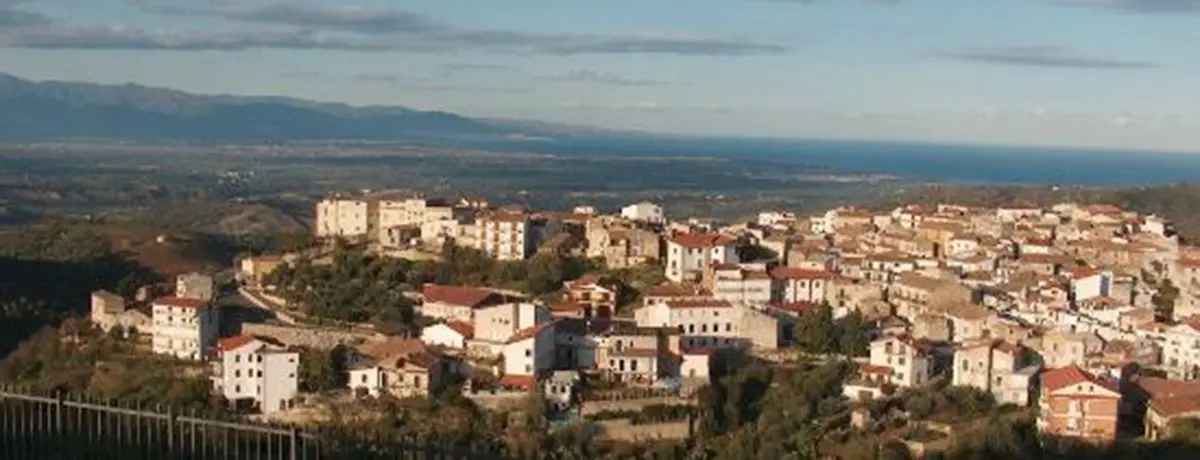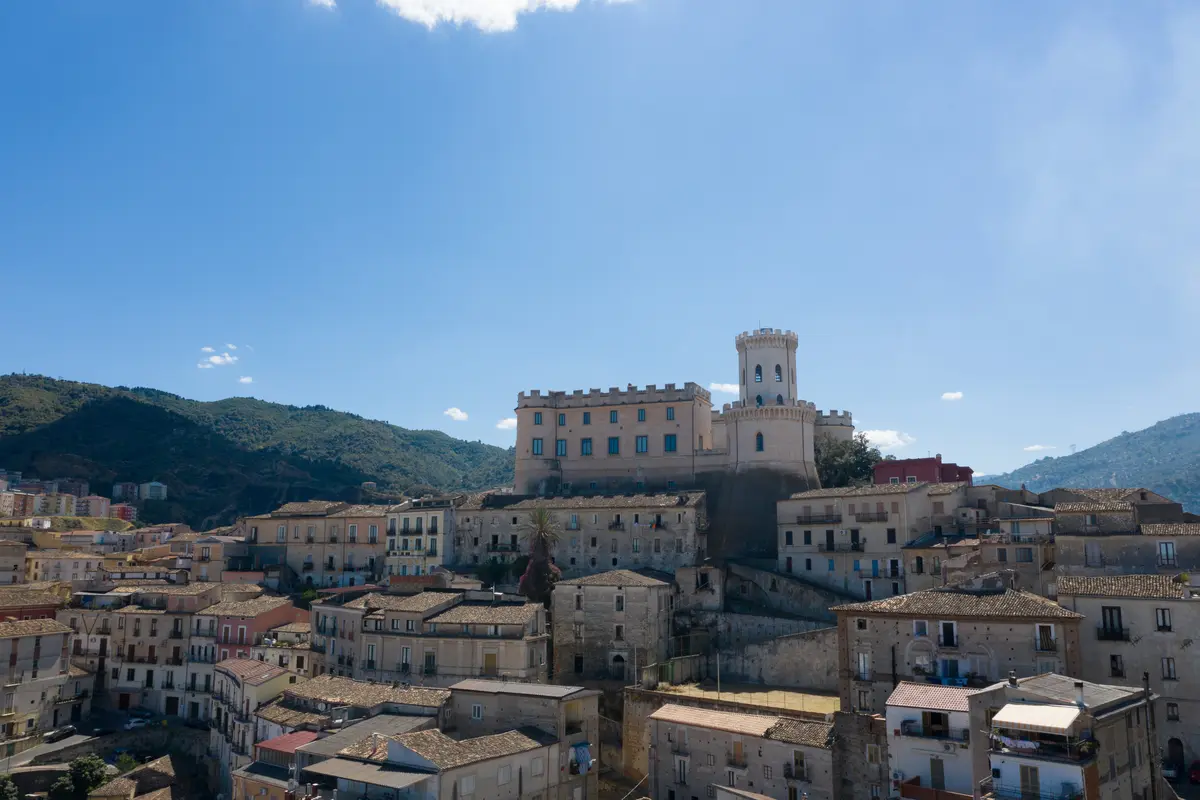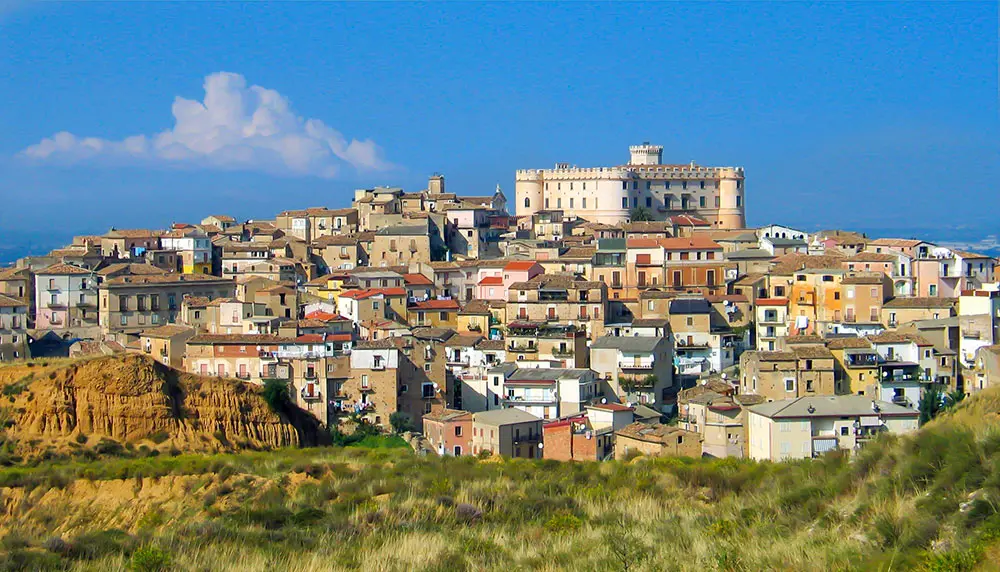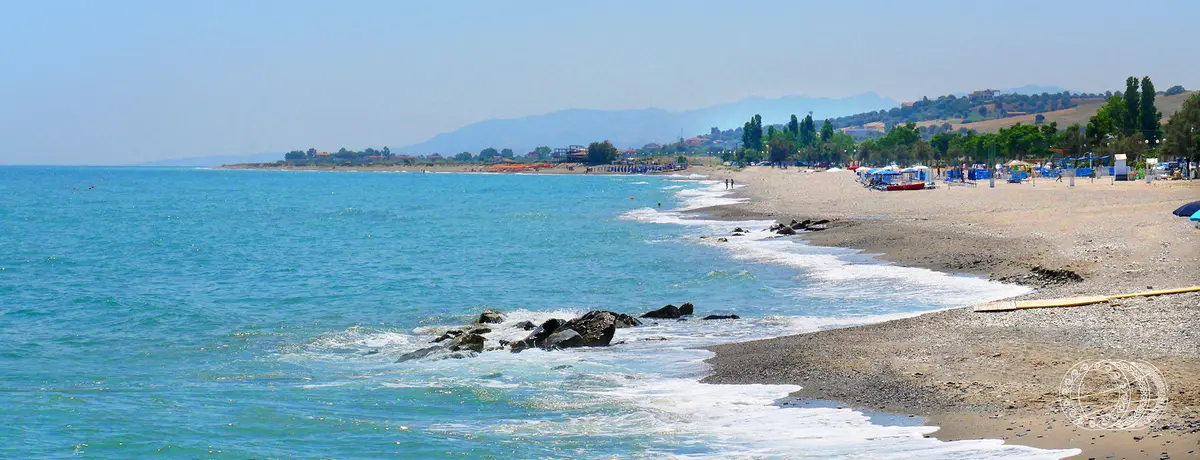Rossano
The Byzantine, guardian of the Codex Purpureus, a UNESCO World Heritage Site
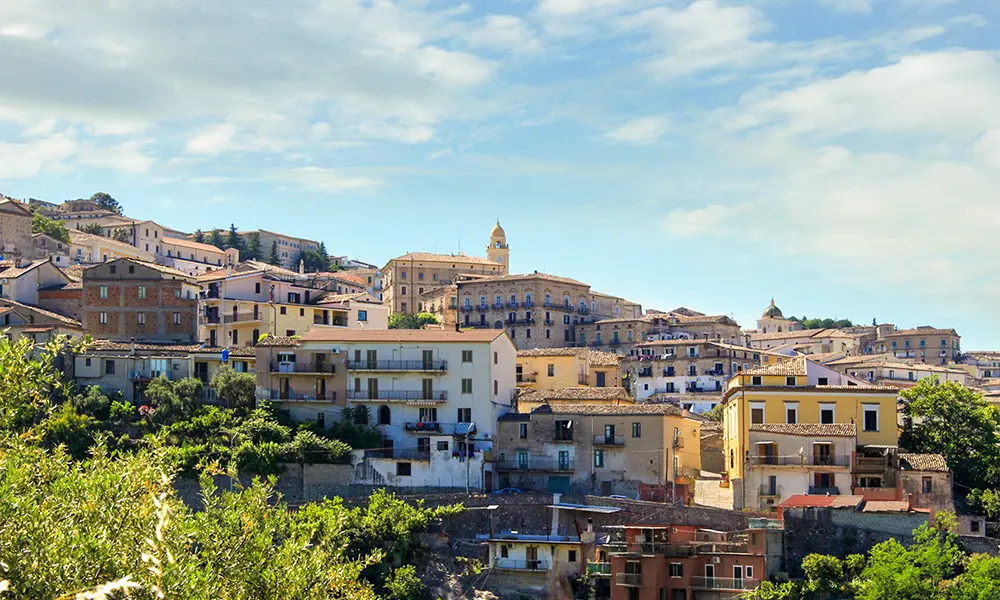
Art and Culture
Visit the historic centre of Rossano, municipality of Corigliano-Rossano (CS), also known as “The Byzantine”, because it is the capital of Greek-Byzantine culture in Calabria and guardian of the precious Codex Purpureus Rossanensis, the ancient gospel book declared a UNESCO World Heritage Site.
The Codex is one of the oldest gospel books in the world, a masterpiece of Byzantine illuminated art, now on display at the Civic and Codex Museum in Rossano.
The historic centre of Rossano stands on a panoramic hill halfway between the Sila mountains, the splendid Costa degli Achei, along which its Blue Flag flies, and the fertile Sibari Plain, where some of Calabria's finest agricultural products are produced. One of these is the prized Calabrian Liquorice PDO, which has its historic production and packaging centre in Rossano, at the Giorgio Amarelli Liquorice Factory and Museum, one of the most important corporate museums in Calabria.
Rossano is the “Byzantine capital” of Calabria due to the numerous monuments from that period preserved in the area. A walk through the historic centre immediately reveals the grandeur of the Cathedral of Maria Santissima Achiropita, which houses a wonderful fresco of the Madonna Achiropita (from the Greek “not made by human hands”), precious floor mosaics and an important structure decorated in gold and Cyprus stone.
The other two priceless Byzantine treasures of Rossano are the Abbey of Santa Maria del Patire (or Pathirion) and the aforementioned gospel book known as the “Codex Purpureus Rossanensis”. The Abbey of Santa Maria del Patire, founded in 1095 by Bartolomeo di Simeri, is a jewel of Romanesque-Byzantine architecture in Calabria. During the Norman period, it became one of the most important monasteries in southern Italy, with a rich library and a scriptorium where monks transcribed ancient manuscripts. One of these, the 6th-century illuminated Greek Gospel, made Rossano famous among the Calabrian sites that boast UNESCO World Heritage status.
No result

